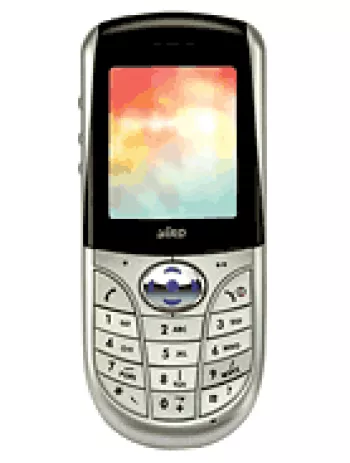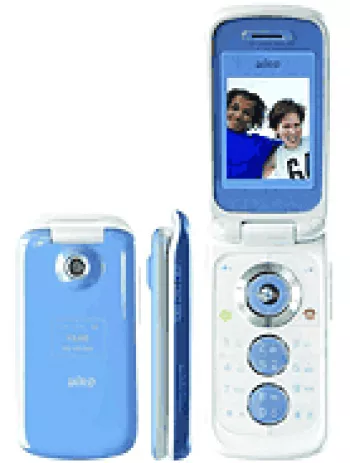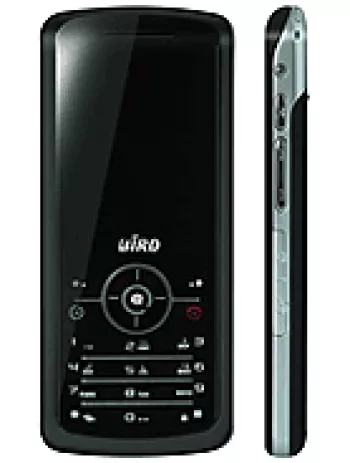
Overview of Bird S1190
The Bird S1190 is a classic example of early mobile phone technology from the mid-2000s. Released in the first quarter of 2004, this feature phone offered basic functionalities typical of its time. Its release reflected the mobile industry's aim to provide accessible and straightforward communication devices before the advent of smartphones.
Network and Connectivity
The Bird S1190 operates on GSM technology, supporting GSM 900/1800 bands. However, it does not have advanced connectivity features; GPRS and EDGE services are unavailable, which means users could only rely on basic call and text functionalities. This limitation is indicative of the era when mobile internet was not yet widespread.
Design and Build
Physically, the Bird S1190 is compact and lightweight. Its dimensions are 84 x 43 x 20 mm, and it weighs only 85 grams, making it portable and easy to carry. The phone utilizes a Mini-SIM card, which was a standard SIM card size during the period. The design is simplistic yet functional, featuring a silver color finish that was popular among mobile phones of that time.
Display Features
The display of the Bird S1190 is a CSTN screen with the capability to show 4096 colors. Although small in size and lacking high resolution at 102 x 80 pixels, it served well for simple tasks such as reading messages or navigating menus. The vibrant colors provided by the CSTN technology offered a decent viewing experience for a feature phone of its era.
Memory and Storage
The internal storage capabilities of the Bird S1190 are limited; it lacks a card slot for memory expansion. The phonebook can store up to 200 entries, and call records can maintain logs for 20 dialed, received, and missed calls each. These storage capacities are modest by today's standards but were reasonably sufficient for users' needs at the time of its release.
Sound and Audio
The device includes a loudspeaker and supports various alert types, including vibration and polyphonic ringtones with up to 16 tones. It does not have a standard 3.5mm headphone jack, which means users needed to utilize the device's loudspeaker for audio purposes or rely on specific compatible headsets.
Communication and Other Features
Being a feature phone, the Bird S1190 is limited in communication technologies. It does not offer Bluetooth, Wi-Fi, or USB connectivity, restricting its data transmission capabilities. The absence of a radio and modern positioning systems such as GPS further exemplifies its basic functionality.
Messaging on the device is limited to SMS, and it has two built-in games. Without Java support, the phone could not run additional applications, which might be seen as a downside but aligns with the typical usage for phones of that time.
Battery Life
The Bird S1190 is powered by a removable Li-Ion battery with a capacity of 670mAh. Given the phone's limited features and small display, this battery capacity was adequate to sustain prolonged periods of usage, which was a significant advantage when longer battery life was a crucial selling point for mobile phones.
Conclusion
As a discontinued product, the Bird S1190 stands as a testament to the evolution of mobile technology. Its simplicity in design, limited connectivity, and fundamental features reflect a time when mobile phones were primarily tools for voice communication. The Bird S1190 may not match up to today's smartphone capabilities, but it remains a nostalgic piece of technology for those who experienced the early 2000s mobile scene.
Main Features of Bird S1190
- GSM technology with 2G bands (GSM 900 / 1800).
- Compact dimensions (84 x 43 x 20 mm) and lightweight (85 g).
- CSTN display with 4096 colors.
- Phonebook capacity for 200 entries.
- Call record storage for 20 dialed, 20 received, and 20 missed calls.
- Loudspeaker and polyphonic ringtones (16 tones).
- Supports SMS messaging.
- Includes 2 built-in games.
- Removable Li-Ion battery.
- Available in silver color.
Bird S1190 Key Disadvantages
- Lack of GPRS and EDGE for data connectivity.
- Discontinued status means no support or updates.
- Low-resolution CSTN display with only 4096 colors.
- No expandable storage; lacks a memory card slot.
- No camera features available.
- No 3.5mm headphone jack, limiting audio accessory compatibility.
- Absence of modern communication options such as WLAN, Bluetooth, and GPS.
- No FM radio functionality.
- Limited to SMS for messaging, with no email or internet browsing capabilities.
- No support for Java applications, restricting app installation.

View Also
More Phones
All Rights Reserved +14267 Phones © Mobilawy 2025
























